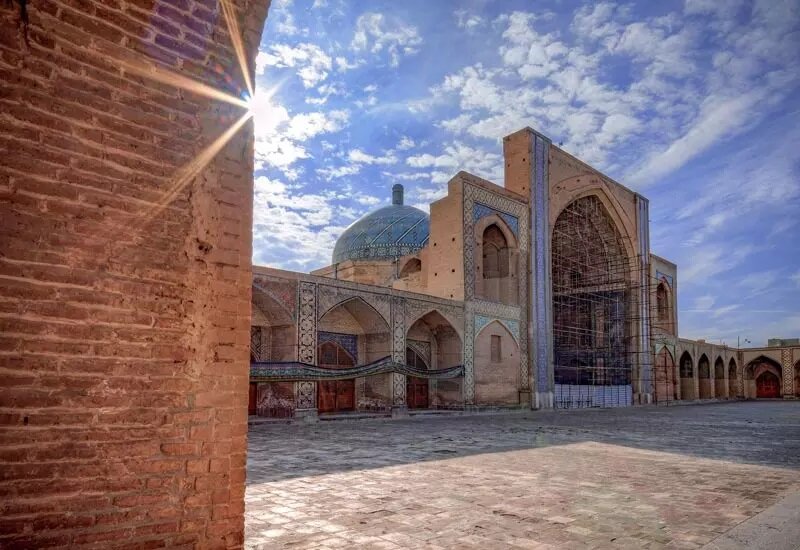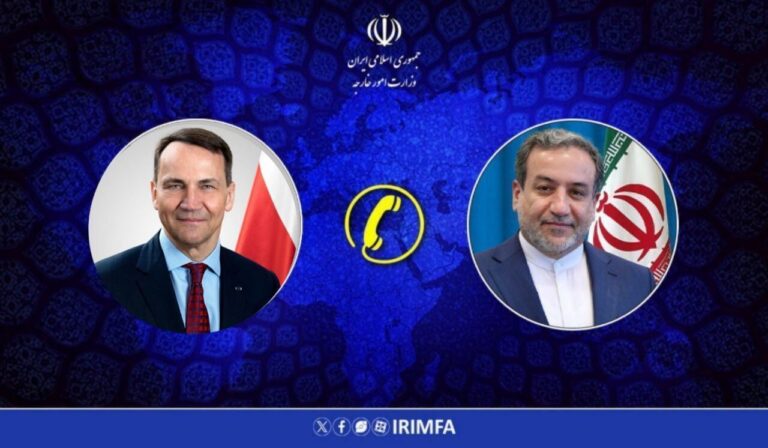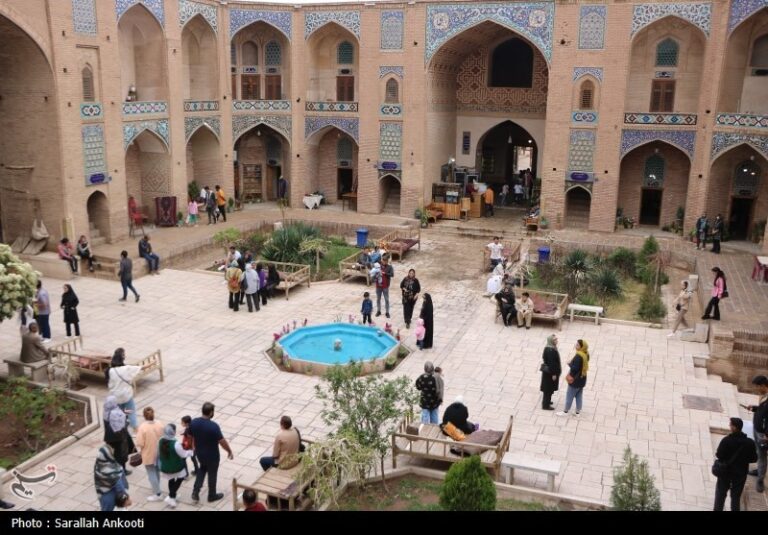Discover Qazvin’s Jameh Mosque: A Stunning Showcase of Centuries-Old Architectural Mastery
The Jameh Mosque of Qazvin, also referred to as the Friday Mosque of Qazvin, is one of Iran’s most ancient and historically significant mosques. Renowned for its ancient origins and breathtaking Seljuk architecture, this monumental structure has transformed over the centuries, embodying the artistic and architectural styles of various historical periods. Today, it is an essential destination for tourists and architecture enthusiasts exploring the ancient city of Qazvin.
Originally built on the site of a Sassanian fire temple, the mosque’s construction dates back to 807 CE (192 AH), commissioned by the Abbasid Caliph Harun Al-Rashid. Over the years, the mosque has undergone significant expansions and renovations under different dynasties, each contributing its unique architectural style.
Key historical contributions to the mosque include:
- The Seljuk rulers (1038-1194) added two iwans to the north.
- The Safavid dynasty (1501-1732) built the southern and western iwans and constructed the arcades.
- The Qajar period (1779-1924) saw further expansion and restoration efforts, ensuring the mosque’s preservation.
Architectural Grandeur
The Jameh Mosque of Qazvin is celebrated as a prime example of a four-iwan mosque. It features a large central courtyard surrounded by iwans on all four sides. The courtyard, spanning nearly 4,000 square meters, is one of the largest in Iran and includes a central fountain, adding to the mosque’s tranquil atmosphere.
Among the iwans, the southern iwan is particularly significant. Constructed during the reign of Safavid ruler Abbas II in the seventeenth century, it is an impressive structure, measuring 14.5 meters in width and 21 meters in height. Behind this iwan lies a square prayer hall with a mihrab on its southern wall. This hall dates back to the Seljuk period and features an awe-inspiring double-shelled dome, showcasing exceptional medieval engineering. The dome is adorned with striking floral tilework and remains remarkably well-preserved compared to others from its era.
Other notable iwans include:
- The northern iwan, originally attributed to Safavid ruler Tahmasp, which was later renovated during the Qajar period. It is flanked by two 25-meter-high minarets, enhancing the mosque’s grandeur.
- The western iwan, commissioned by Safavid ruler Soleiman, provides access to the mosque’s rear corridors.
- The eastern iwan, built in the nineteenth century by Qazvin’s governor, is notably unornamented, providing a stark contrast to the richly decorated iwans.
Exquisite Ornamentation
The mosque’s primary construction material is brick, with select areas embellished with tilework and inscriptions. The main prayer hall boasts the most elaborate decorations, featuring a beautifully crafted mihrab and minbar made of stone. The upper walls are adorned with intricate floral motifs and small polychrome tiles.
The walls of the mosque are decorated with Kufic and Sols inscriptions, renowned for their precision and artistic excellence, serving as important references for calligraphy studies even after nine centuries. The iwans are embellished with muqarnas decorations, a hallmark of Islamic architecture. In the northern iwan, the muqarnas are crafted from stucco, while the southern iwan features exposed brick muqarnas. The twin northern minarets, decorated with colorful floral-patterned tiles, further enhance the mosque’s aesthetic appeal.
Exploring the Mosque Today
Visitors enter the mosque through an eastern portal that leads to a narrow corridor, which opens into the expansive courtyard. The central fountain, alongside a ten-step staircase leading to an underground canal, adds to the site’s charm. Additionally, two smaller courtyards located in the northwest and northeast corners provide further spaces for exploration.
Recognized as a national monument, the Jameh Mosque of Qazvin continues to draw scholars, historians, and tourists. Its unparalleled inscriptions, historical significance, and architectural brilliance make it a must-see for anyone visiting Qazvin. Whether admired for its historical depth, architectural mastery, or cultural relevance, this mosque stands as a timeless testament to Iran’s rich heritage.
Glimpses of Qazvin
Located approximately 150 km northwest of Tehran, Qazvin served as the capital of the Safavid Empire for over forty years (1555–1598) and is currently recognized as the calligraphy capital of Iran. The city has played a pivotal role in significant moments of Iranian history.
Notably, Qazvin was founded by Shapur I (r. 240–270), the second ruler of the Sasanian Empire, and later refounded by Shapur II (r. 309–379), who established a coin mint there. Under the Sasanians, Qazvin functioned as a frontier town against the neighboring Daylamites, who frequently invaded the area.
After being captured by invading Arabs around 644 CE and subsequently devastated by Hulagu Khan in the 13th century, Qazvin regained prominence in 1555 when Shah Tahmasp (1524–1576) declared it the capital of the Safavid Empire. This status was maintained for half a century until Abbas the Great relocated the capital to Isfahan in 1598. Today, Qazvin remains a provincial capital and continues to be an important cultural center throughout its storied history.






